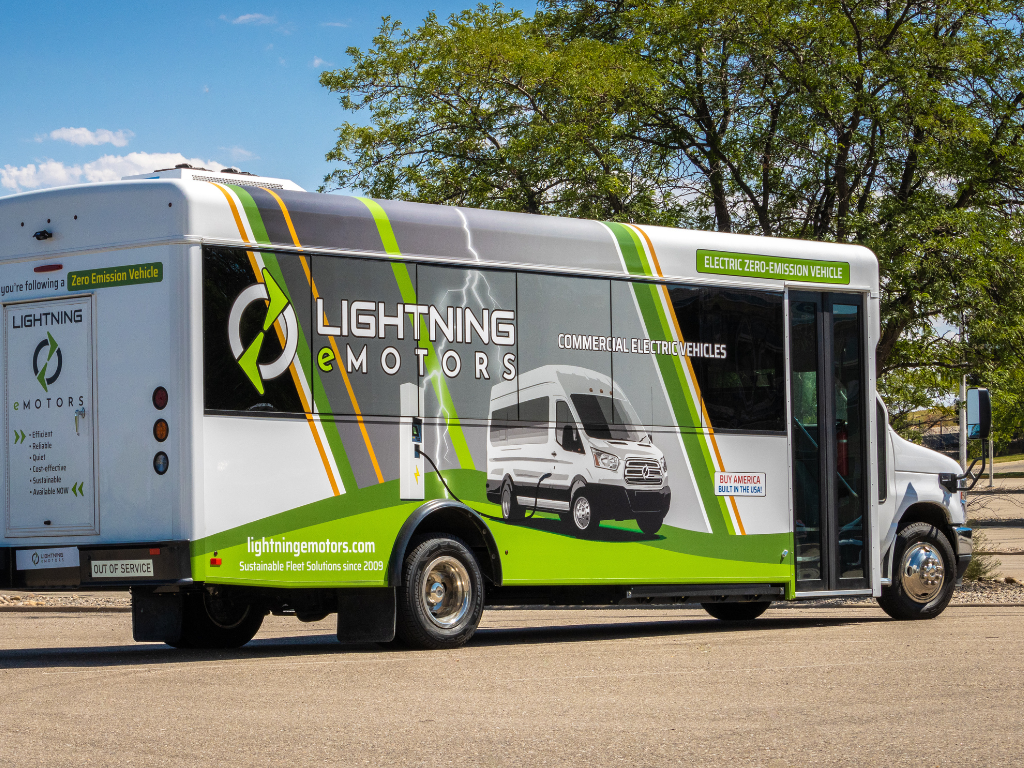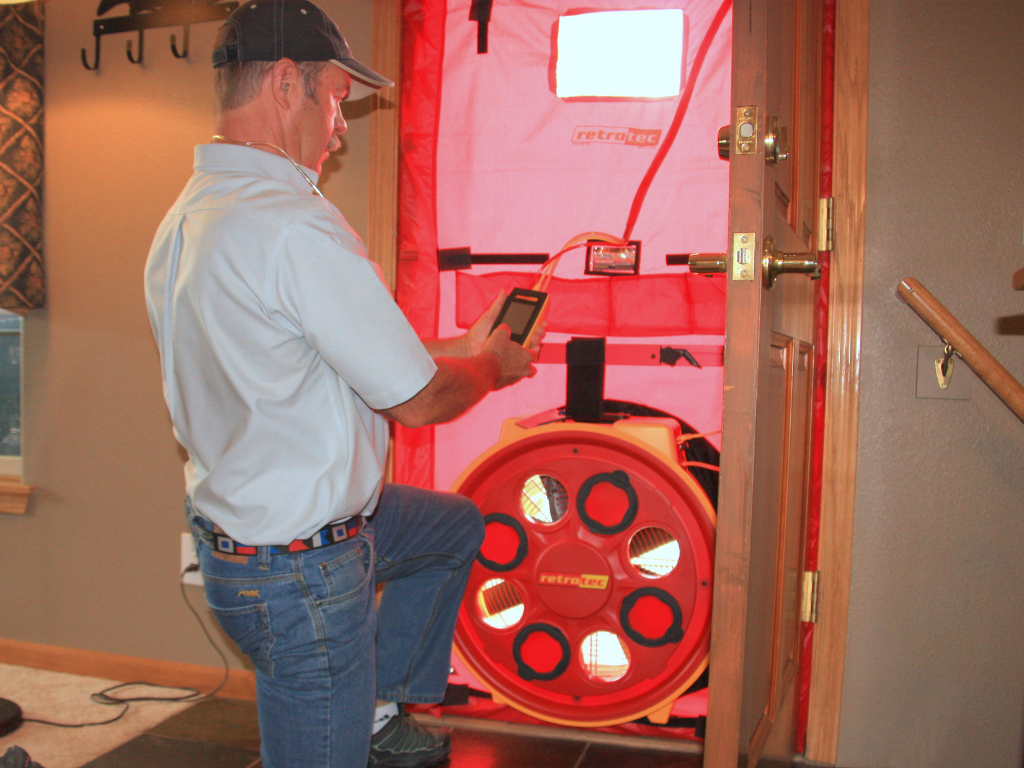OCTOBER 21, 2014 BY
Reprinted from Rocky Mountain Institute
The inaugural EV Rally of the Rockies shows EVs aren’t just for urban commuters anymore
Electric vehicles (EVs) make a lot of sense for city commuters. Over 75 percent of U.S. urban commuters travel less than 40 miles per day, perfect for the range of today’s EVs. But do electric vehicles make sense for the rest of us, who choose not to live in an urban setting? Can EVs work in more rural settings, where we’re more dependent on autos and the driving distances are greater?
In short, they do and they can. I was able to experience this firsthand when I drove in the first EV Rally of the Rockies, an EV tour to enjoy the fall colors and demonstrate that with a smartly deployed charging infrastructure EVs can easily expand beyond cities.
Western Colorado is one of the best spots to watch the fall colors. People come from all over to drive through the mountains and view the yellows, oranges, and reds of the aspen trees against the bright blue sky of the Rockies. Now, with our multitude of charging stations, those sightseeing tours can be done in electric cars.
There are currently 59 level 2 and level 3 charging plugs in 24 different locations throughout western Colorado from Vail to Grand Junction and from Steamboat Springs to Durango. In the EV Rally held October 3, eight electric vehicles took off from five different locations—Aspen, Snowmass Village, Vail, Parachute, and Grand Junction. Drivers included EV owners and enthusiasts ranging from doctors to teachers. We all converged in Carbondale, where we showed off the vehicles, offered some test drives, and had a great EV party. David Miller, Alpine Bank’s vice president for business development, drove his Chevy Volt the 100 miles from Grand Junction to Carbondale, with a lunch/charging stop in Parachute, and another short charging stop in Glenwood Springs. Miller claims he averages 62.3 miles per gallon and hasn’t changed his lifestyle at all. “I go wherever I want, whenever I want,” he says.
TACKLING TRANSPORTATION
I drove RMI’s Nissan LEAF, which is used to carpool staff between a bus stop along the Roaring Fork Valley’s main highway and the RMI office in Old Snowmass, and my colleague Amy Westervelt drove RMI cofounder and chief scientist Amory Lovins’ personal Ford Focus Electric. We took off from Aspen, Colorado, after Aspen Mayor Steve Skadron cut the ribbon on Aspen’s new level 2 public charging station. Aspen’s Climate Action Plan commits to reducing community greenhouse gas emissions 30 percent by 2020 and 80 percent by 2050, below 2004 levels. “There is no way to reach those targets without tackling transportation,” according to RMI transportation manager Greg Rucks. And an important piece of tackling transportation involves scaling the adoption of electric vehicles.
“To dramatically scale the uptake of EVs we need to address some behavioral elements,” adds Rucks. And the EV rally addressed two of those behavioral elements. “Seeing people driving EVs around is the best way to show people that EVs are safe, fast, quiet, fun, and just as functional, if not more so, than standard vehicles,” he says. “And making people aware of the numerous charging stations available gives people assurance that they are viable.”
OPENING UP MINDS
Although 81 percent of all charging happens at home, and the average U.S. driver drives less than 40 miles per day, range anxiety is still alive and well. Many speakers addressed that issue at the ribbon-cutting ceremony in Aspen. “Even though most charging happens at home, having the charging infrastructure available opens the minds of more people to invest in these vehicles,” said RMI alum Mike Ogburn of Clean Energy Economy for the Region (CLEER), which along with Garfield Clean Energy, the Community Office of Resource Efficiency, and Colorado Mountain College, organized the event.
From Aspen we drove to Basalt, where another ribbon-cutting ceremony for another level 2 charger took place. Most EVs come with a 6.6 kW onboard charger, meaning a level 2 charger will deliver about 25 miles of range for each hour of charging; in other words, enough time to grab a lunch, visit historic downtown Basalt, and head on your way with a charged battery for more sightseeing. We then headed to Carbondale, which has four free level 2 charging plugs. “These chargers are great for ecotourism. People can come from outside Carbondale and charge right here,” said Adrian Fielder, sustainability instructor at Colorado Mountain College who drove his Nissan LEAF 75 miles from Vail to Carbondale, with a charging stop in Glenwood Springs.
CLEAN DRIVING
Even if charged with Colorado’s dirty grid—64 percent of Colorado’s electricity comes from coal—electric vehicles produce less greenhouse gas emissions than gasoline powered cars. According to Jonathon Walker, a senior associate in RMI’s transportation practice, a Nissan LEAF charged on Colorado’s grid produces about half the CO2 of a typical 25-mpg gas vehicle. That’s because an electric motor is much more efficient than an internal combustion engine. And as our grid becomes greener, with more solar and wind power, EVs will only get cleaner. Aspen gets 85 percent of its electricity from the renewable resources of hydro, wind, and solar, so charging an EV in Aspen is extremely clean. And when Lovins charges his Ford Focus off his rooftop solar, he produces no CO2 at all.
Besides being a lot of fun, the EV Rally of the Rockies proved that traveling through Colorado is viable in electric vehicles. “We probably have the most robust charging infrastructure of any rural area in America,” said Fielder. “Fully electric vehicles are no longer just for commuting.” Electric vehicles and EV charging infrastructure has come a long way since I owned my first EV in 1994. And as the charging infrastructure grows, so will the adoption of electric vehicles, and we will move even closer to a clean energy future.
Images courtesy of the author.






